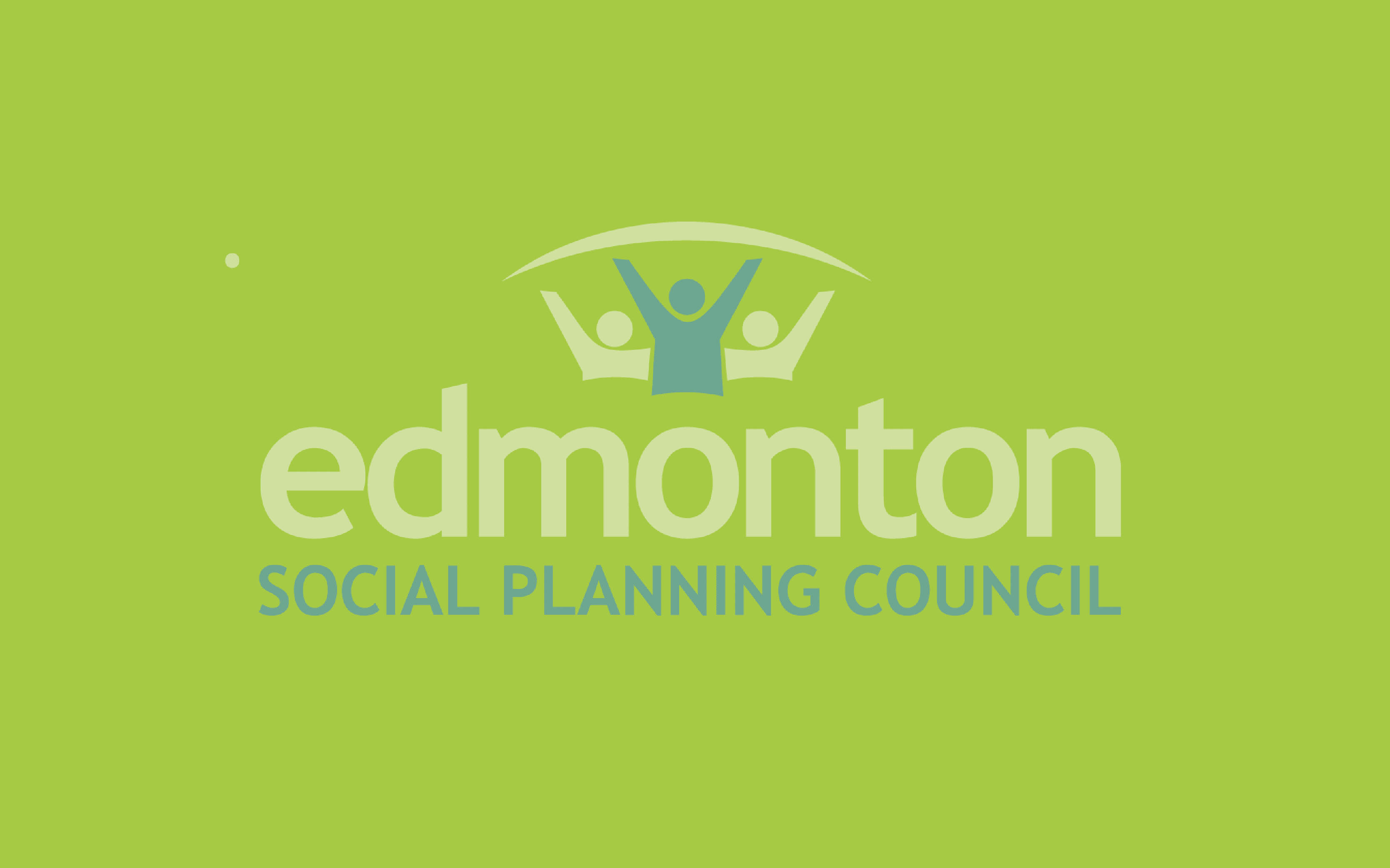When it comes to homelessness and understanding its causes, the urban experience tends to be at the forefront of the conversation due to the issue being “visible” in the urban experience. The issue of homelessness within rural and remote areas is far less understood or even acknowledged by the wider public since it is perceived as “hidden.”
The Alberta Rural Development Network’s (ARDN) recent report, Rural Homelessness Estimation Project Provincial Report, seeks to bridge this information gap with what is believed to be the first co-ordinated effort to enumerate the number of people experiencing homelessness or housing instability in rural communities across Alberta. Data on the rates of rural homelessness is scarce so the project serves as an underserved aspect of homelessness research.
The Rural Homelessness Estimation Project (RHEP) involved a partnership with the ARDN and the Family and Community Support Services Association of Alberta. The initiative collected data on homelessness in 20 communities across rural Alberta between September and December 2018. It was a Point in Time (PiT) count to provide a snapshot of how many people are experiencing some form of homelessness in a given period of time. [Note: Edmonton Social Planning Council does participate in a PiT count for the urban Edmonton Homeless Count that is undertaken by Homeward Trust Edmonton.]
The PiT count found that 1,098 people reported experiencing homelessness or housing instability, representing 0.37% of the population. Of those who participated in the count, they identified 905 children and 994 adults living with them as also experiencing homelessness, bringing the total to 2,997 people, representing 1.0% of the population.
As the surveys are based on people self-reporting their status, the potential for underreporting is strong, and the PiT count may miss those who engage in less visible forms of homelessness such as couch surfing. In addition, since people self-identify their housing status, there is the possibility that those who technically do not meet the official definition of homelessness may identify that way as well as those who may not be experiencing housing instability identify their situation as experiencing housing instability.
The report paints a vivid portrait of rural homelessness, giving a comprehensive breakdown of demographics (age, gender, sexual orientation, ethnicity, employment status, and others). More than half (55.7%) of respondents were women, 90.3% were Canadian-born, nearly half (40%) were Indigenous, more than two-thirds (67%) were unemployed, and nearly three quarters (71%) had moved at least once within the previous year.
The reasons for homelessness in rural communities also differ from urban areas. While struggles with mental health or addictions are the primary reason for urban homelessness, low income, domestic violence, and job loss were the primary reason for homelessness in rural areas.
Data from this project does not purport to be complete, but the RHEP report does an invaluable service providing researchers and policy makers with a starting point for better understanding the social problems rural communities face, which will only be enriched by follow-up studies and data collection.
The report does not make any specific policy recommendations for addressing the homelessness issue, but it does provide hard data to help communities make decisions on what services are necessary to support their residents.
You can read the full report (along with the accompanying summaries of the 20 participating communities) on the ARDN website.
[/et_pb_text][/et_pb_column][et_pb_column type=”1_4″ _builder_version=”4.7.4″ custom_padding=”0px|20px|0px|20px|false|false” border_color_left=”#a6c942″ custom_padding__hover=”|||”][et_pb_testimonial author=”Posted by:” job_title=”@ET-DC@eyJkeW5hbWljIjp0cnVlLCJjb250ZW50IjoicG9zdF9hdXRob3IiLCJzZXR0aW5ncyI6eyJiZWZvcmUiOiIiLCJhZnRlciI6IiIsIm5hbWVfZm9ybWF0IjoiZGlzcGxheV9uYW1lIiwibGluayI6Im9uIiwibGlua19kZXN0aW5hdGlvbiI6ImF1dGhvcl93ZWJzaXRlIn19@” portrait_url=”@ET-DC@eyJkeW5hbWljIjp0cnVlLCJjb250ZW50IjoicG9zdF9hdXRob3JfcHJvZmlsZV9waWN0dXJlIiwic2V0dGluZ3MiOnt9fQ==@” quote_icon=”off” disabled_on=”on|off|off” _builder_version=”4.7.4″ _dynamic_attributes=”job_title,portrait_url” _module_preset=”default” body_text_color=”#000000″ author_font=”||||||||” author_text_align=”center” author_text_color=”#008ac1″ position_font=”||||||||” position_text_color=”#000000″ company_text_color=”#000000″ background_color=”#ffffff” text_orientation=”center” module_alignment=”center” custom_margin=”0px|0px|4px|0px|false|false” custom_padding=”32px|0px|0px|0px|false|false”][/et_pb_testimonial][et_pb_text disabled_on=”on|off|off” _builder_version=”4.7.4″ _dynamic_attributes=”content” _module_preset=”default” text_text_color=”#000000″ header_text_align=”left” header_text_color=”rgba(0,0,0,0.65)” header_font_size=”20px” text_orientation=”center” custom_margin=”||50px|||” custom_padding=”48px|||||”]@ET-DC@eyJkeW5hbWljIjp0cnVlLCJjb250ZW50IjoicG9zdF9jYXRlZ29yaWVzIiwic2V0dGluZ3MiOnsiYmVmb3JlIjoiUmVsYXRlZCBjYXRlZ29yaWVzOiAgIiwiYWZ0ZXIiOiIiLCJsaW5rX3RvX3Rlcm1fcGFnZSI6Im9uIiwic2VwYXJhdG9yIjoiIHwgIiwiY2F0ZWdvcnlfdHlwZSI6ImNhdGVnb3J5In19@[/et_pb_text][/et_pb_column][/et_pb_row][/et_pb_section]
